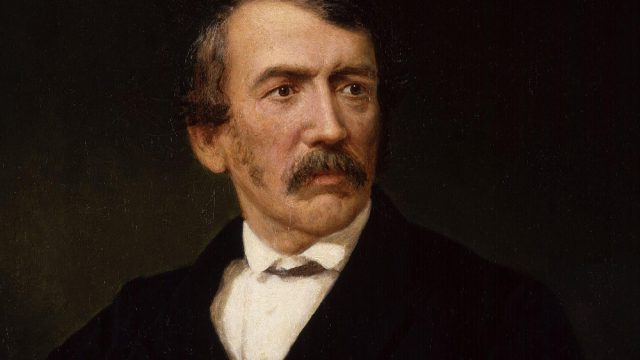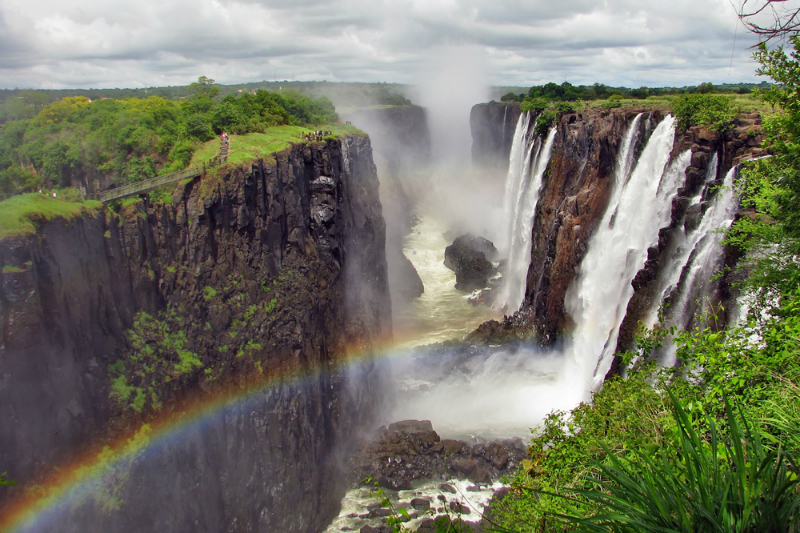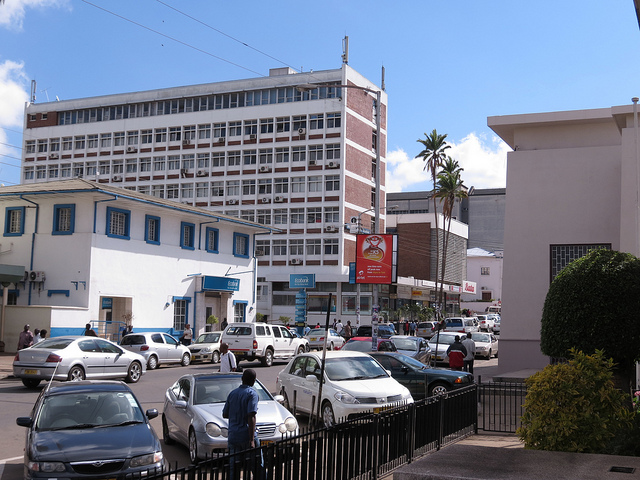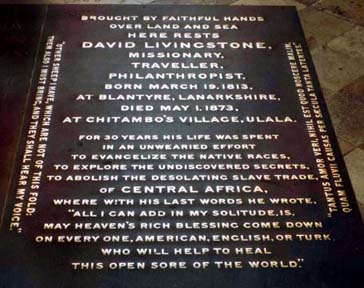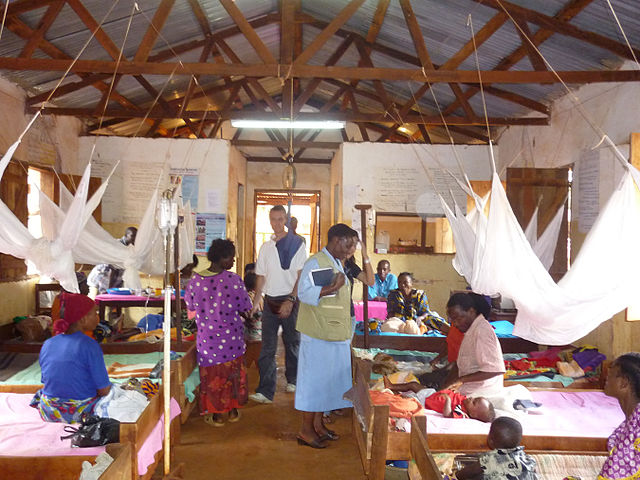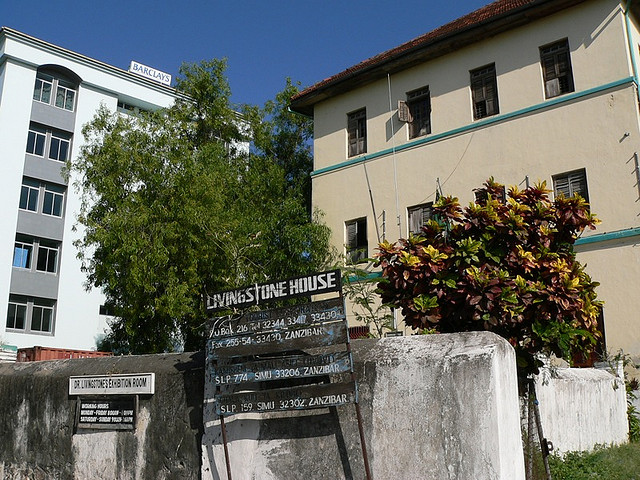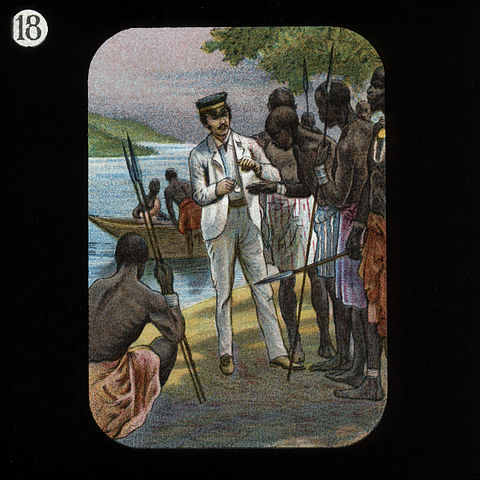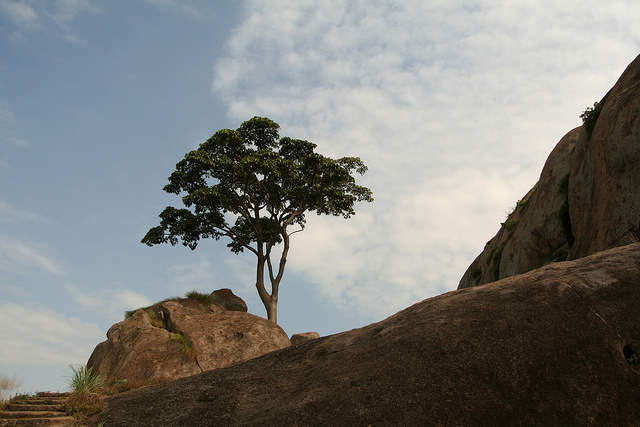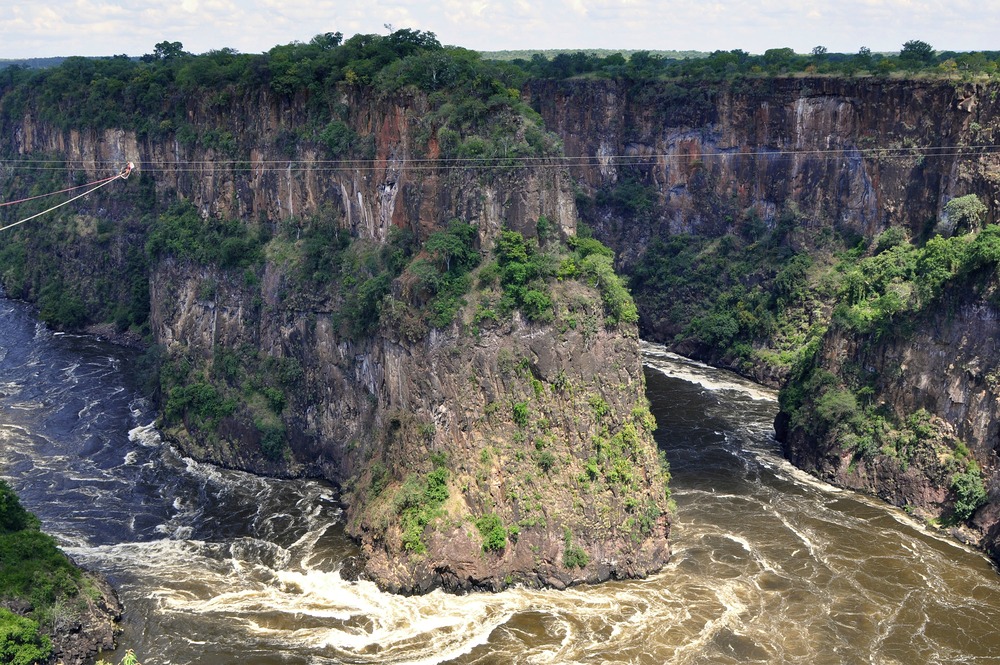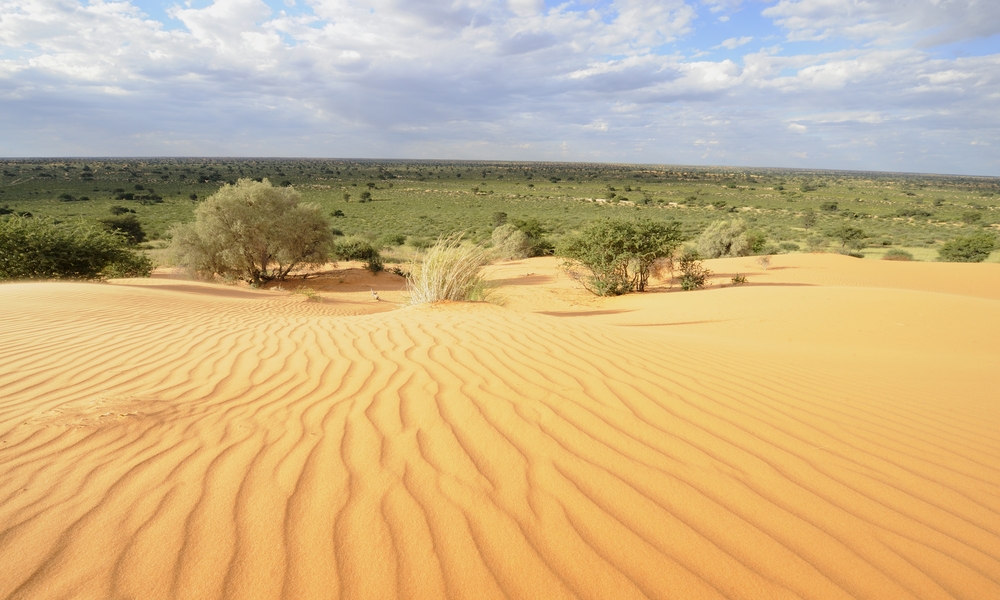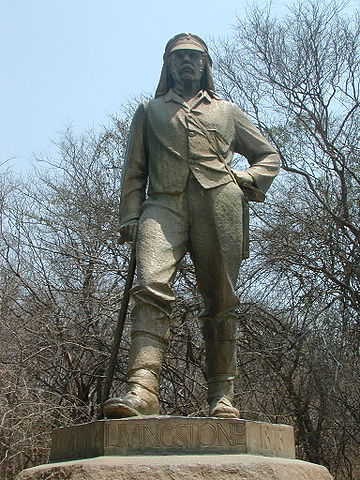David Livingstone was a Scottish missionary and arguably the most important European explorer to ever brave the interior of Africa. Dozens of places in Africa and the world now bare his name. While many had established cities and colonies on the coasts of Africa, Livingstone was the first to undertake great expeditions to the interior. Contracting many diseases, creating a treatment for malaria, and striving for the abolition of slavery are just a few of his many achievements. He died of malaria in Zambia at the age of 60 but left an important legacy and large boots to fill for future generations of explorers. Read on to learn more about the intrepid adventurer.
1) “Dr. Livingstone, I presume?”
The now infamous words uttered by H.M. Stanley who was sent to track down Livingstone after he had lost contact with the world for six years are known by many. While accounts vary on whether the exchange took place, Livingstone was found in Ujiji, on the shores of Lake Tanganyika on November 10, 1871, the irony being that Livingstone was the only white person for hundreds of miles in any direction.
2) Cotton-picker
From the age of 10, David Livingstone worked at the local cotton mill in Blantyre, Scotland. With his brother John, he worked 12 hour days, first as a piecer, tying broken cotton threads on the spinning machine before moving up to the role of spinner. Thankfully, he had aspirations to greater things in life.
3) Victoria Falls in Livingstone
During one of his many expeditions, David Livingstone became the first foreigner to see the fabled Mosi-oa-Tunya waterfalls. Now, on the border between Zambia and Zimbabwe and arguably, the world’s (or at least Africa’s) greatest waterfalls, Livingstone named them Victoria Falls after Queen Victoria.
4) Birth
From humble beginnings, David Livingstone was more on March 19, 1813 in Blantyre, Scotland. Blantyre, the second city of Malawi, is named after his place of birth in his honor. Born in a building housing cotton factory employees, he was the second of seven children born to Neil and Agnes Livingstone.
5) Death
David Livingstone died on May 1, 1873 in Chief Chitambo’s village at Ilala in present-day Zambia. Perpetually sick during the final years of his life, he died from malaria and internal bleeding caused by dysentery, certainly a very unpleasant way to go. It almost seems fitting that the place he died was as humble a setting as the place of his birth, after a life dedicated to exploring the wiles of Africa.
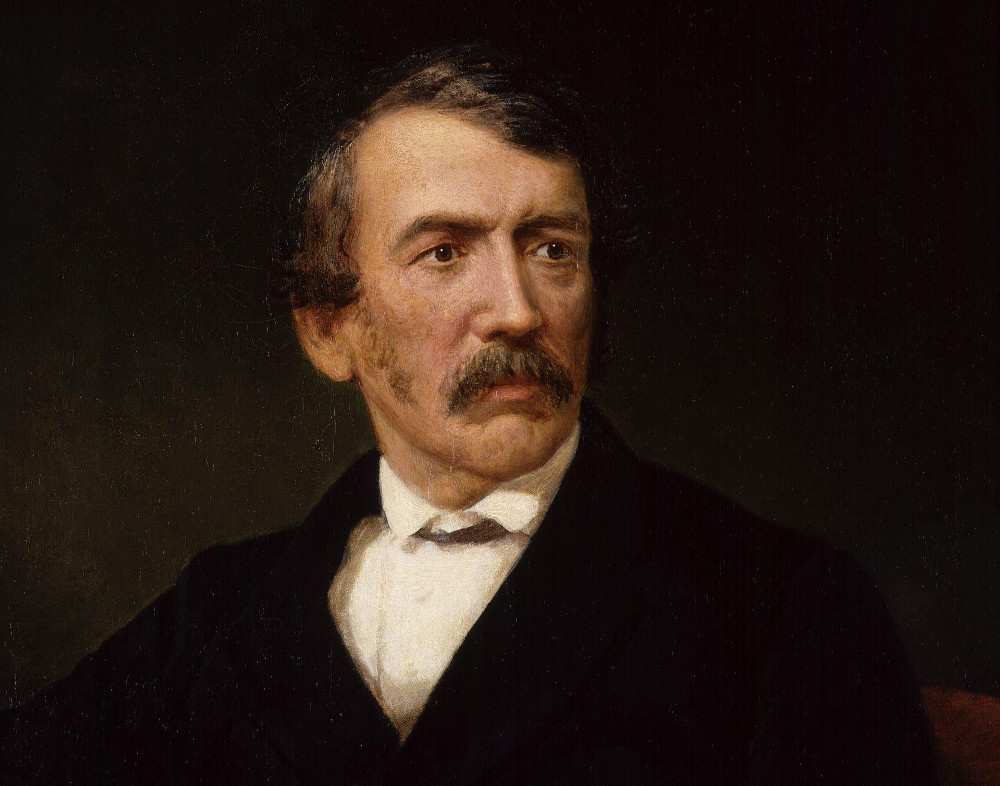
Wikimedia Commons
6) First Western to do a major African exploration
While different colonial powers had been firmly entrenched in various parts of Africa’s for years (centuries for some places), Livingstone was the first European to thoroughly explore Africa on various expeditions, and not just along the coast. He was the first to venture deep into the heart of Africa and for many in the interior, was the first white person to ever lay eyes on many areas.
7) Contracted many tropical diseases
Sure, now we have Doxycycline and Imodium and all kinds of other important medicines now, but back in the 19th century, if you got a disease, you were stuck with it until it ran its course. Either Livingstone had a weak immune system because he caught so many diseases or a strong one because he survived so many, but multiple bouts of malaria, bilharzia, dysentery, sleeping sickness, and others were just a few of the ones he had contracted on his various journeys.
8) A talented polyglot
As a missionary and explorer, it would make no sense if one could not communicate with the people you are trying to preach to. With the help of local guides and after spending time in various places, David Livingstone was able to communicate in several African languages. While there is no exact figure and no detailed accounts of the extent to which he could communicate in each, he was no doubt a determined if not talented linguist.
9) Livingstone House
Built in 1860 for Sultan Majid of the Zanzibar, this old house is now the main office of the Zanzibar Tourist Corporation. Used by other European missionaries as a jumping off point for various expedition, it has come to be known as the Livingstone House stayed here before his final expedition in 1866.
10) Not a very good missionary
Speaking of his missionary work, while known as “Africa’s greatest missionary,” he was almost anything but. He is said to have had only one African convert — Sechele. Sechele was chief of the Kwena people of Botswana. Despite his conversion, Sechele still practiced polygamy and even after divorcing his other wives, maintained traditional practices before Livingstone gave up on him and left to continue proselytizing.
11) Fair trade and anti-slavery supporter
Livingstone was a staunch abolitionist and campaigned extensively for the cessation of the slave trade. He also felt it was his God-given mission to explore Africa and develop the continent and that only through trade (and fair trade practices) would the economy of slavery be so disrupted that it would eventually cease to exist.
12) Rest in pieces
After Livingstone’s death in 1873, his body and personal journals were shipped all the way back to England by Chuma and Susi, two of his long term attendants. Today, his body is interred at Westminster Abbey in London. His heart, both figuratively and literally, remains in Africa however, buried under a Mvula tree.
13) Zambezi Expedition
After securing funding to search for natural resources in southern Africa, Livingstone began an ill-fated six year odyssey up the Zambezi River. It turned out to be impassable due to cataracts and rapids. But things got worse – Livingstone was recorded to be a very inept leader, incapable of managing such a large expedition. He dismissed artist Thomas Baines on accusation of theft and his wife Mary died of malaria shortly after joining them.
14) Children of the desert
Of his six children, two were born in the Kalahari Desert in what is now Botswana. Only three would eventually have children of their own to carry on Livingstone’s name. In his writings, David wrote that his only regret was not being able to spend enough time raising his children, due to his obligations as an explorer.
15) An impressive legacy
David Livingstone left the world as one of the greatest explorers of all time. There are literally dozens of cities, towns, monuments, schools, and other buildings named after him all over Africa and the world. His image was even on the ten pound note from 1971 – 1998. His true legacy was his exploration of new worlds in the heart of Africa and inspiring a sense of adventure in generations to come.
Want to discover the finer side of Africa? Sign up for our weekly newsletter.
